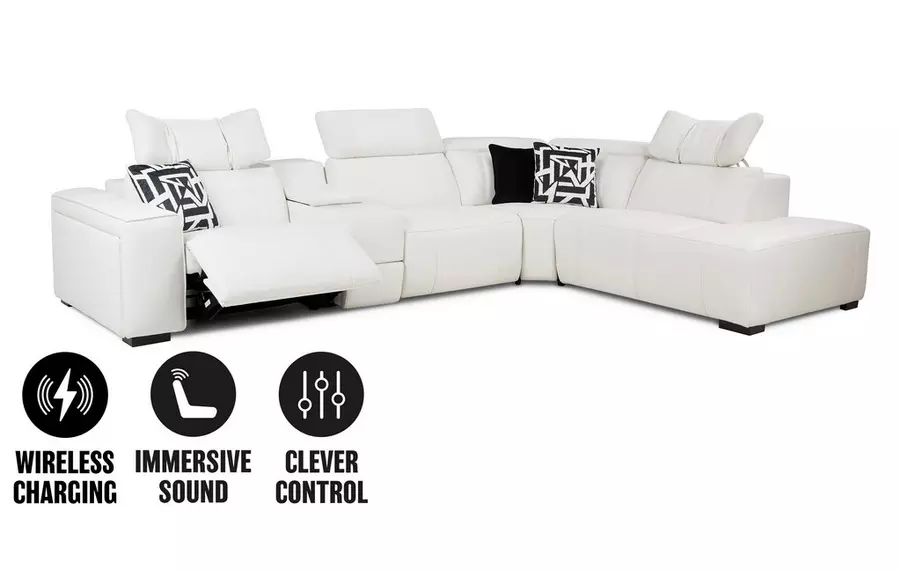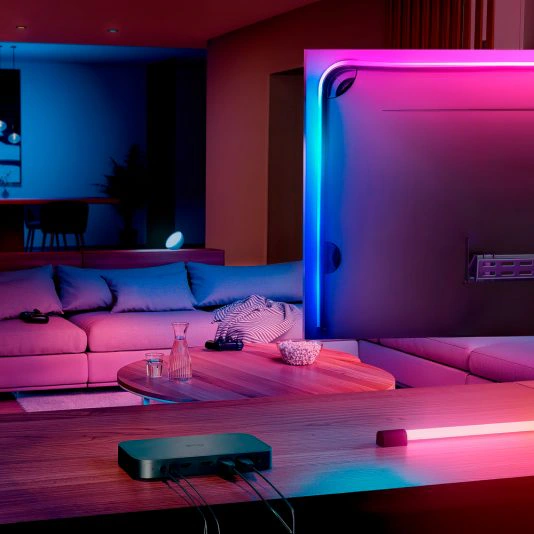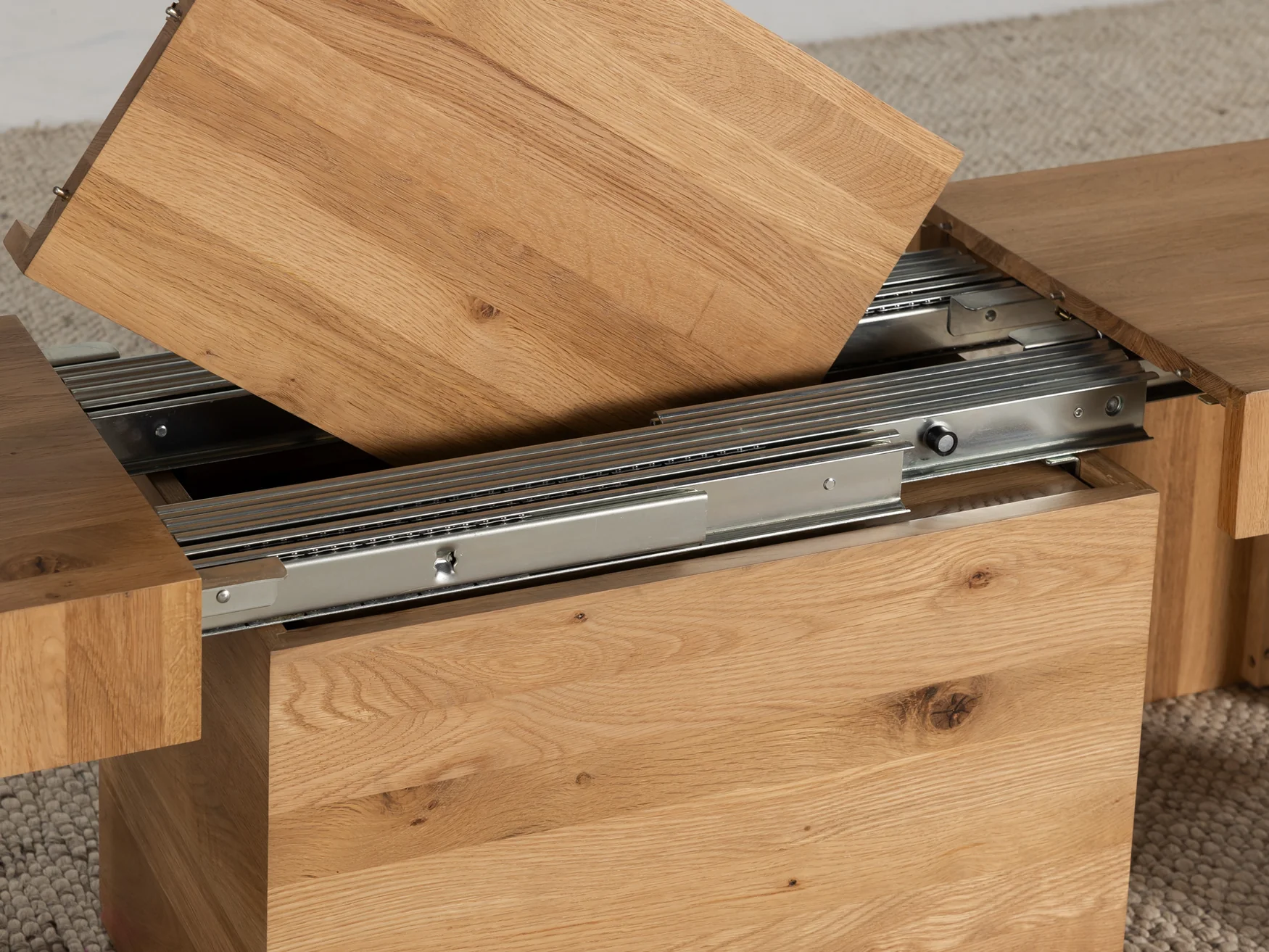Top 5 smart home product ideas for 2025
.png)
.png)
From desks that adjust to your posture to beds that double as cinema screens, smart furniture isn’t just a fad. It’s fast becoming the standard in UK homes. In this guide, we’ve rounded up five of the best smart furniture ideas for 2025, complete with pros and cons, so you can decide which pieces are worth adding to your home.

⭐️ ⭐️ ⭐️ ⭐️ ⭐️
Your home office deserves a piece that does more than just hold a laptop. The Koble Nora Smart Desk earns its place on this list because it turns a standard workspace into a healthier, smarter environment. With height-adjustable settings, memory presets and an elegant design, it’s a desk built for modern hybrid life. It’s also a flagship example of how Koble blends furniture with technology in a way that feels natural rather than forced.
Pros
Cons
⭐️ ⭐️ ⭐️ ⭐️ ⭐️
A smart TV bed is more than a luxury gimmick, it’s a full-blown entertainment hub that saves space and makes your bedroom double as a mini cinema. With hidden screens, integrated speakers and clean cable management, it offers an immersive way to relax while keeping your room uncluttered.
Pros
Cons


⭐️ ⭐️ ⭐️ ⭐
In 2025, the living room isn’t just about comfort, it’s about connectivity. Smart sofas now come with built-in wireless charging pads, USB ports, and even integrated Bluetooth speakers, so your downtime blends seamlessly with your tech habits. Imagine sinking into the cushions, dropping your phone on the armrest to charge, and streaming music directly through the sofa without extra clutter. UK retailers like DFS are already offering models that combine comfort with clever design.
Pros
Cons
⭐️ ⭐️ ⭐️ ⭐
When furniture and lighting converge, the result feels truly “smart.” Imagine side tables or shelves with built-in LED edges, responsive to your mood or synced with the wider smart home. As standards like Matter mature, such pieces become practical. While many lighting brands focus on lamps, Philips Hue (UK arm) is pushing ambient wall lighting and modular light shapes.
Pros
Cons


⭐️ ⭐️ ⭐️
Smart dining tables and modular extensions are making an impact in 2025. Instead of cramming a bulky dining set into your space, transforming tables expand when you’ve got guests and shrink back down for everyday use. Some even integrate hidden storage, wireless charging, or ambient lighting, giving you a dining space that works harder than ever. Brands like Transformer Table have become go-tos in the UK for clever extendable tables, proving that ‘smart’ isn’t just about tech - it’s about design that adapts to your lifestyle.
Pros
Cons
Many newer products are designed to work with standards like Matter or can connect through Bluetooth, Wi-Fi, or USB. It’s always worth checking compatibility before buying.
Treat the furniture as you would any premium piece. Regular cleaning and care, while also checking on the electronics. Keep cables neat, update software (if relevant), and look for products with accessible replacement parts.
Yes, if you value convenience, healthier living, or space-saving design. While the upfront cost can be higher, the added features (like sit-stand desks or hidden tech integration) often enhance daily comfort and efficiency.
Compact smart furniture like sit-stand desks, modular dining tables, and smart storage beds are particularly good for smaller homes. They save space while offering multiple functions.
By providing built-in storage drawers, multi-tier shelving, integrated organisation, and compact tech, smart desks allow users to keep essential items close, reduce clutter, and make better use of limited floor space — especially in small homes or shared rooms.